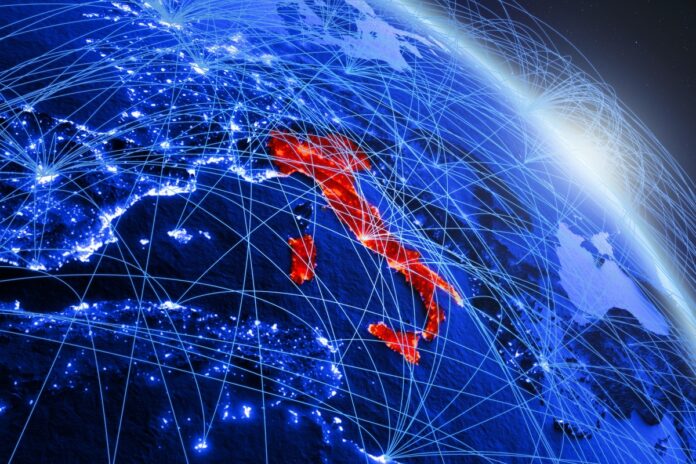New fast backbone will run 400G the length of Italy as customer experience becomes the crucial battle
Italian operator Windtre has asked Nokia to build an optical backbone to carry all its traffic from the entire country. The operator said it has beefed up its backbone capacity in a bid to avoid defections and protect its subscriber base. Research has shown that Italian mobile phone subscribers are quick to move from big brands if they have bad customer experiences.
In the new improved backbone a dense wavelength division multiplexing (DWDM) system will use Nokia’s fifth generation PSE-V super-coherent (PSE-Vs) chipset to support programmable line rates up to 600G on a pure photonic infrastructure. This, Nokia says, will cuts Windtre’s power consumption and shrink its carbon footprint.
Label switching is a re-routing godsend
The backbone network will have redundant nodes in a wave router configuration, a mesh structure and generalised multi-protocol label switching (GMPLS) based restoration. This means the new backbone can instantly re-route traffic when necessary, which creates an industrial strength robustness for this crucial stretch of the infrastructure.
Nokia claims its PSE-V is the industry’s most advanced family of Digital Signal Processor (DSP). It is using it to power its latest high-performance, high-capacity transponders, packet-optical switches, disaggregated compact modular and subsea terminal platforms. The PSE-V Super Coherent DSPs (PSE-Vs) use second generation probabilistic constellation shaping (PCS) with continuous baud rate adjustment and supports higher wavelength capacities over longer distances.
400GB over any distance
The upshot is that they support for 400G over any distance over spectrally efficient 100GHz WDM channels, which cuts network costs and the rate of power consumption per data bit.
“Nokia’s system will help us to grow our subscriber base and give a good experience to existing customers,” said Benoit Hanssen, chief technology officer at Windtre. A study by OpenSignal found that Italy’s the biggest mobile brands – TIM, Vodafone and WindTre – had been losing smartphone users to cheaper brands like Kena Mobile, ho. and Very Mobile, when they felt that customer experience was much better on the expensive brands.
“We have a long standing and successful relationship with Windtre and this new optical backbone will provide Windtre with massive capacity that grows as subscriber demand increases, without sacrificing reliability,” said Sergio Solivera Vela, Nokia’s VP for the Mediterranean region.



